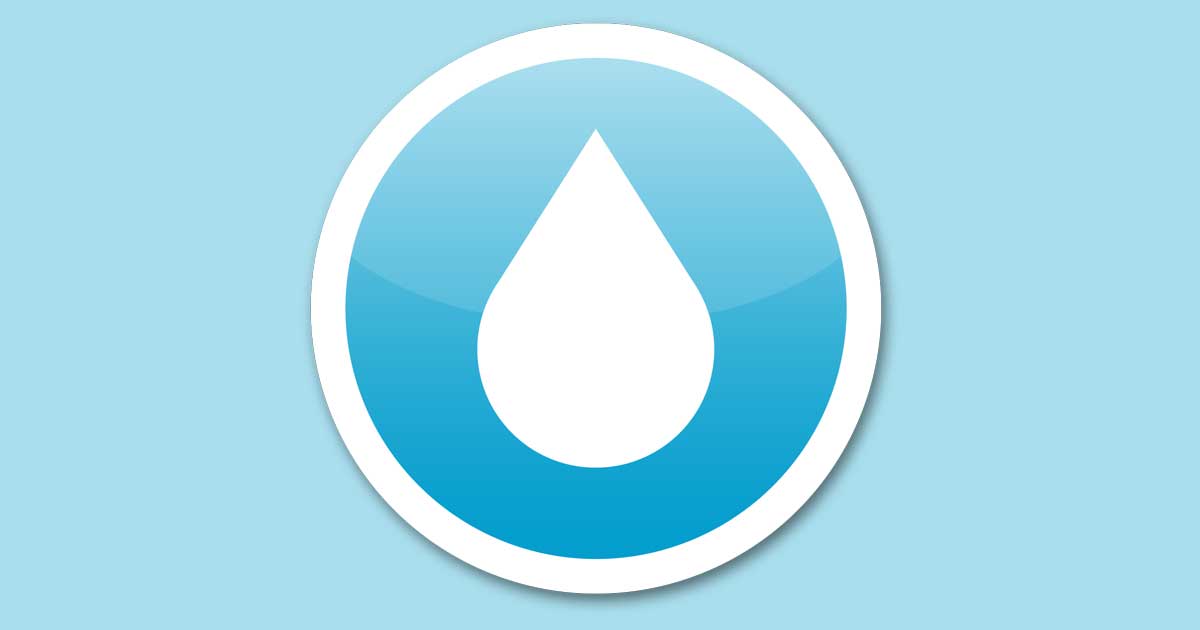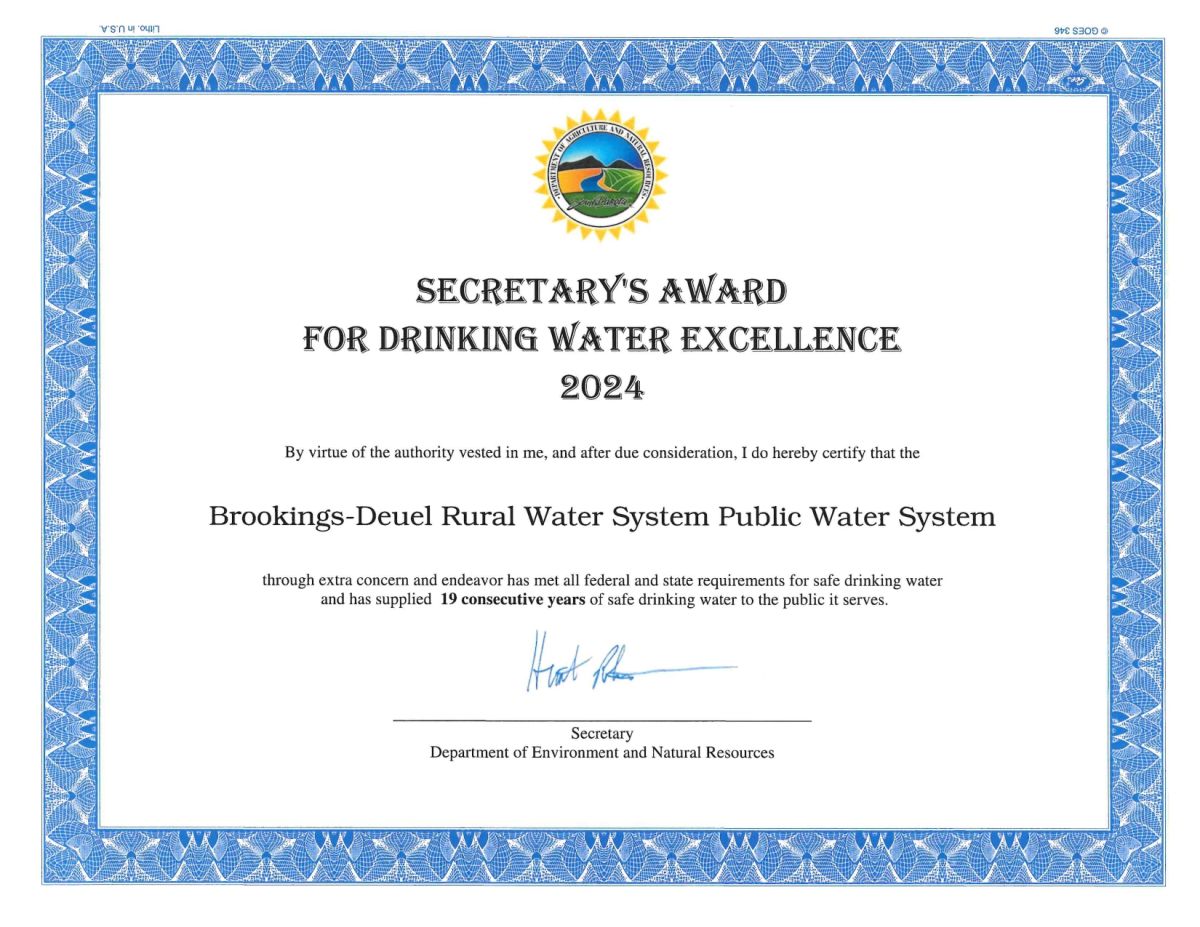Welcome to the Official Website of Brookings-Deuel Rural Water System
Our Mission
To operate and maintain, a water distribution system that provides quality water meeting all Safe Drinking Water Standards, at reasonable cost, highest reliability, and long-term supply for the benefit at the rural residents and communitities in our service area.
Bill Payment Options
Looking for the most convenient way to pay your bill? We offer a wide variety of payment options to our customers. Simply choose the option that best suits your needs...Payment Options...
Conservation Tips
There are a number of easy ways to save water, and they all start with you. When you save water, you save money on your utility bills. Here are just a few ways...Conservation Tips


